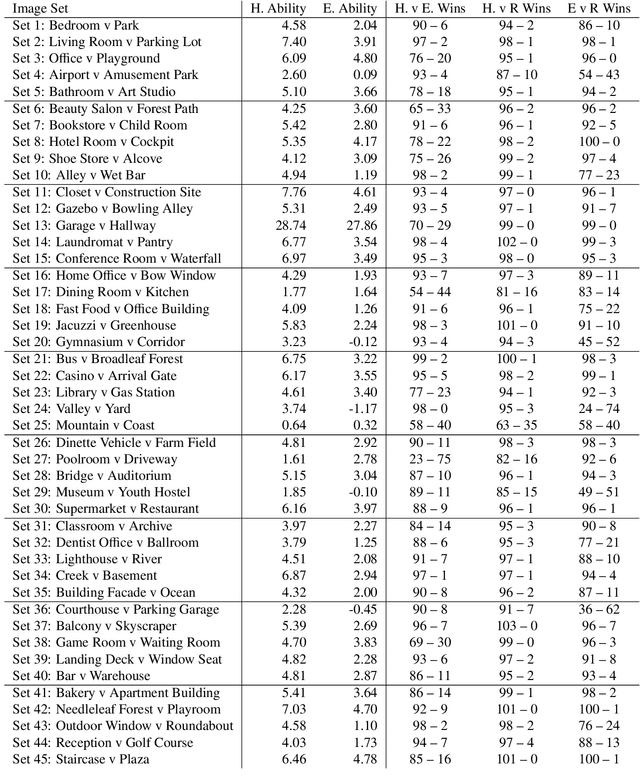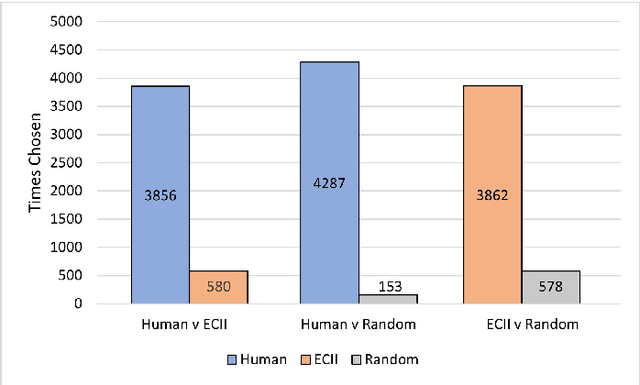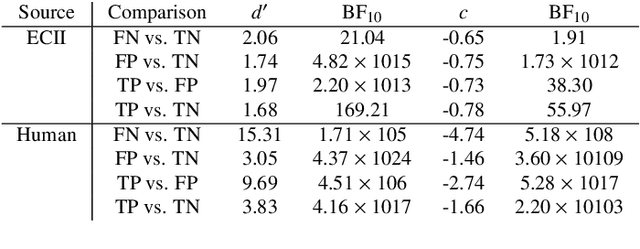Cara Widmer
Concept Induction using LLMs: a user experiment for assessment
Apr 18, 2024Abstract:Explainable Artificial Intelligence (XAI) poses a significant challenge in providing transparent and understandable insights into complex AI models. Traditional post-hoc algorithms, while useful, often struggle to deliver interpretable explanations. Concept-based models offer a promising avenue by incorporating explicit representations of concepts to enhance interpretability. However, existing research on automatic concept discovery methods is often limited by lower-level concepts, costly human annotation requirements, and a restricted domain of background knowledge. In this study, we explore the potential of a Large Language Model (LLM), specifically GPT-4, by leveraging its domain knowledge and common-sense capability to generate high-level concepts that are meaningful as explanations for humans, for a specific setting of image classification. We use minimal textual object information available in the data via prompting to facilitate this process. To evaluate the output, we compare the concepts generated by the LLM with two other methods: concepts generated by humans and the ECII heuristic concept induction system. Since there is no established metric to determine the human understandability of concepts, we conducted a human study to assess the effectiveness of the LLM-generated concepts. Our findings indicate that while human-generated explanations remain superior, concepts derived from GPT-4 are more comprehensible to humans compared to those generated by ECII.
Towards Human-Compatible XAI: Explaining Data Differentials with Concept Induction over Background Knowledge
Sep 27, 2022



Abstract:Concept induction, which is based on formal logical reasoning over description logics, has been used in ontology engineering in order to create ontology (TBox) axioms from the base data (ABox) graph. In this paper, we show that it can also be used to explain data differentials, for example in the context of Explainable AI (XAI), and we show that it can in fact be done in a way that is meaningful to a human observer. Our approach utilizes a large class hierarchy, curated from the Wikipedia category hierarchy, as background knowledge.
 Add to Chrome
Add to Chrome Add to Firefox
Add to Firefox Add to Edge
Add to Edge